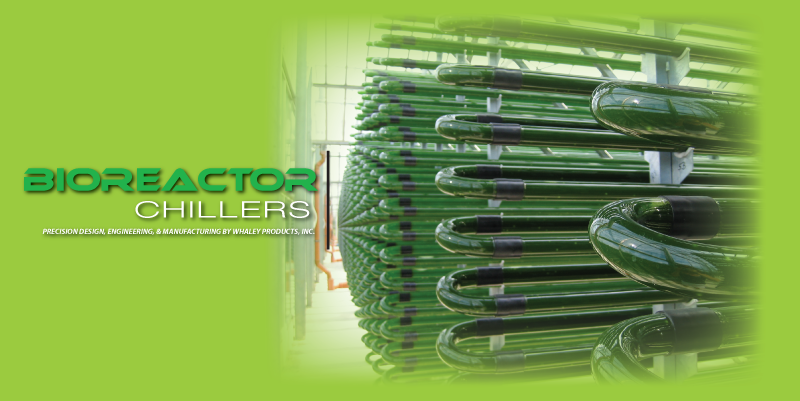A photobioreactor is a bioreactor that uses some type of light source. A photobioreactor is a closed environment that enables the production of organic material. Most of the time it is used in algae production and cultivation. The bioreactor is usually translucent and is a closed system. Because the system is closed, all growth requirements of the algae are introduced in the system and controlled. These can include pH levels, gas supply, carbon dioxide, water supply, light, temperature and may other growing components.
The photobioreactor is not the only instrument in the growth of algae. Other mechanisms are used as well. The operational process can be broken down into a few steps. The type of nutrients, and requirements to grow the algae can vary from plant to plant. A feeding vessel is used to combine the nutrients, algae, water, and CO₂ that is needed to grow the plants. A pump is used to push the algae to the bioreactor where a chemical reaction can occur.
From here the photobioreactor furthers the growth by controlling light. The photobioreactor is translucent and be made of acrylic. Sometimes they are designed to control both light and dark intervals. The system also has a built in cleaning process. That allows the tubes to be cleaned without stopping production.
Once the algae has completed the process in the photobioreactor it passes back through the feeding vessel. Here oxygen sensors determine how much oxygen has been stored in the plant. The oxygen is then released in the feeding vessel itself. The cell density sensor than determines harvesting rate.
Once the algae is ready for harvesting it is the passed through a filtering system. The algae slurry (left over unprocessed algae) is compressed into biomass. The harvested algae then move to a processing places and the cycle repeats itself.

